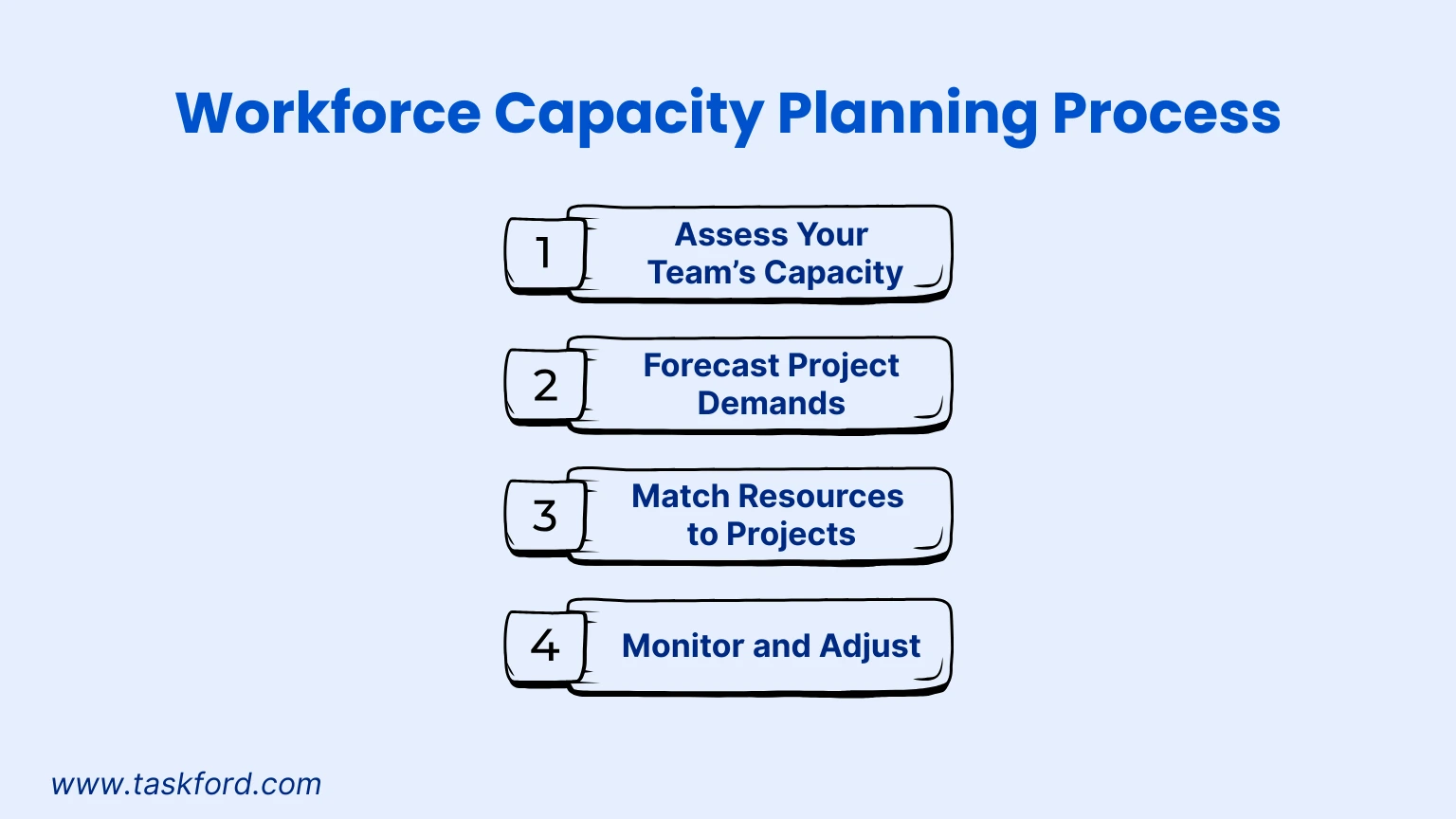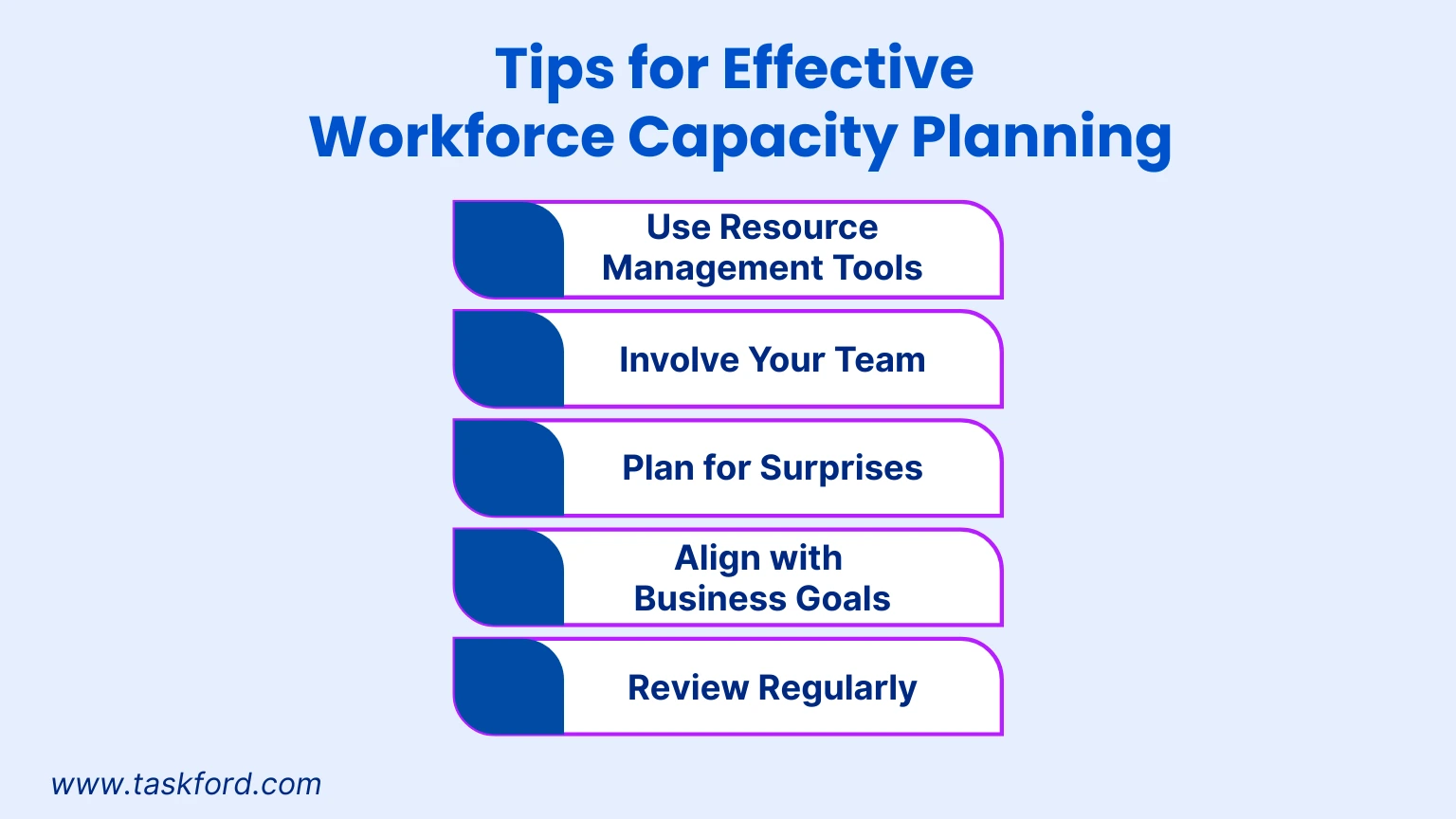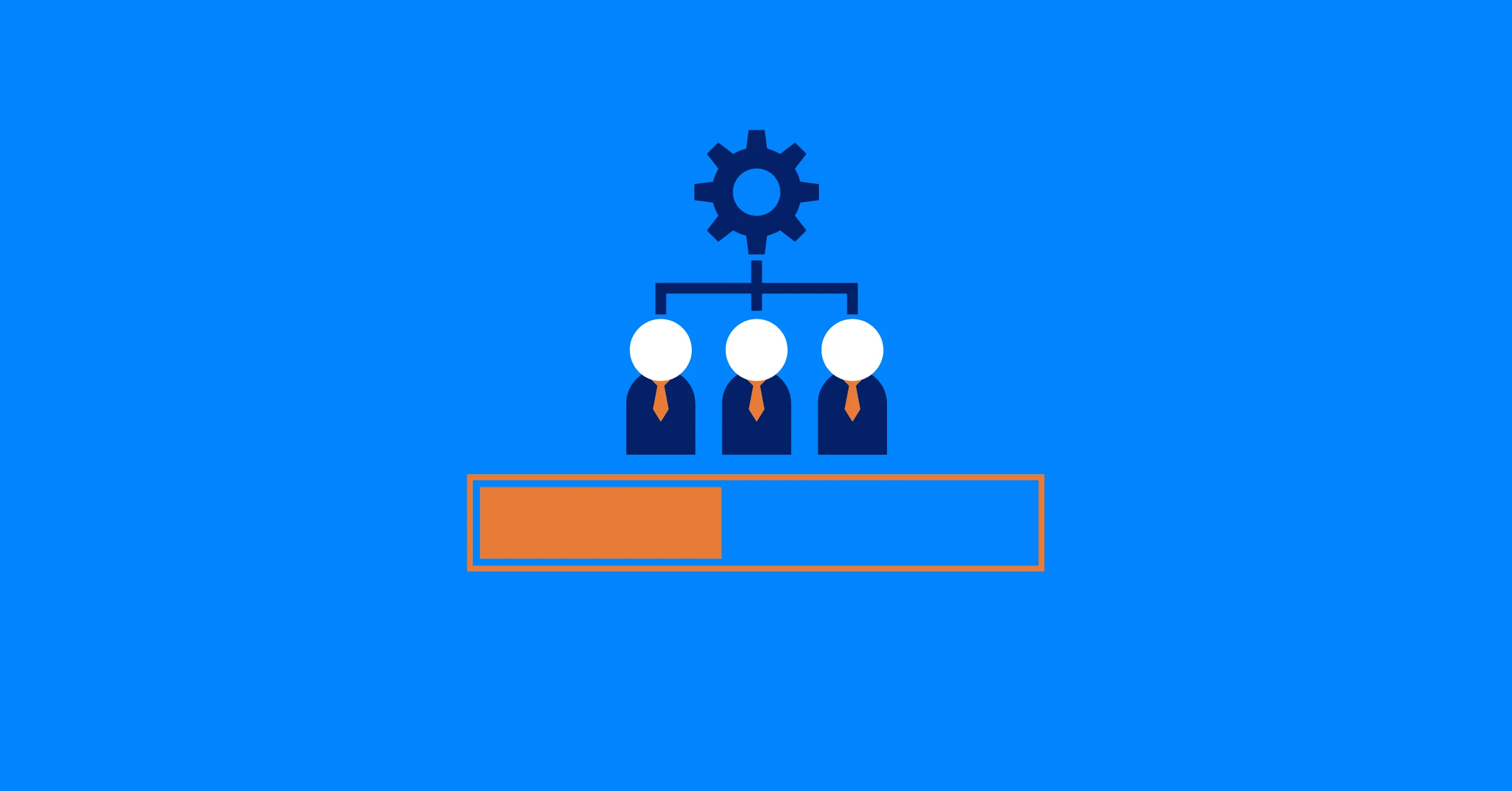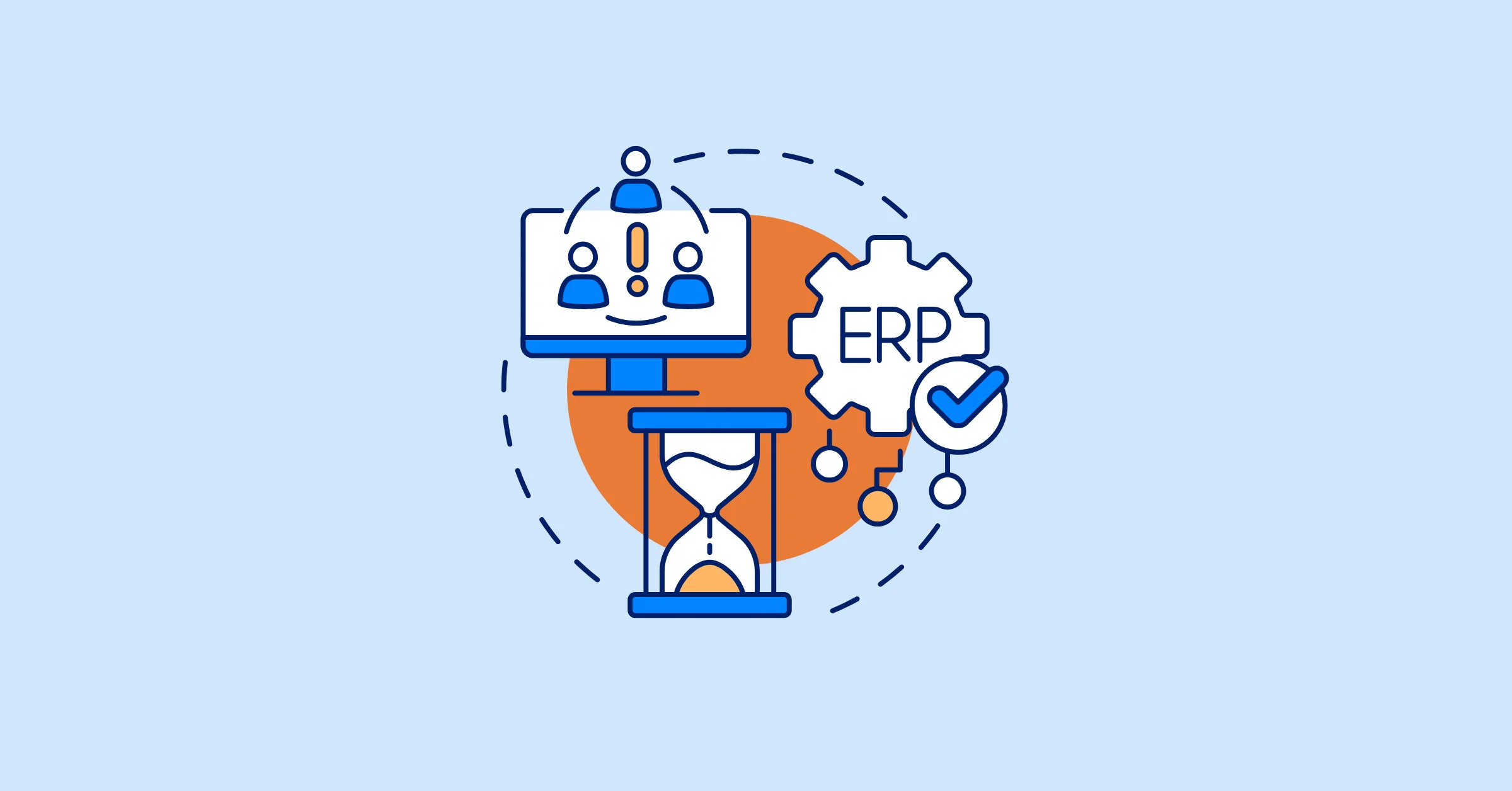How Workforce Capacity Planning Helps You Say “Yes” to the Right Work
Discover how workforce capacity planning empowers your business to choose the right projects, optimize resources, and drive sustainable growth.
Workforce capacity planning is the cornerstone of managing your team’s resources effectively, enabling your business to take on projects that drive growth without overwhelming employees. By assessing your team’s skills, time, and availability, you can align projects with your business goals and confidently choose the right work.
This blog dives deep into workforce capacity planning, exploring its benefits, practical steps to implement it, and real-world examples to demonstrate how it transforms resource management. We’ll keep it clear, simple, and packed with actionable tips to help your business thrive in prioritizing high-value projects and optimizing resources.
What Is Capacity Planning?
Capacity planning is the process of evaluating your business’s resources, including people, equipment, and time, to meet project demands efficiently. It involves analyzing current resources, forecasting future needs, and balancing the two to achieve your goals. This approach ensures businesses avoid overcommitting or underutilizing resources, allowing projects to be completed on time and within budget.
For a comprehensive overview, check out our guide on What Is Capacity Planning
What Is Workforce Capacity Planning?
Workforce capacity planning focuses specifically on your team. It’s about assessing employees’ skills, availability, and current workloads to match them with upcoming projects. This ensures you take on work your team can handle without causing burnout, maintaining high productivity and employee satisfaction. By planning effectively, you can make informed decisions about which projects to pursue, ensuring they align with your business objectives and contribute to sustainable growth.
Why Workforce Capacity Planning Matters
Effective resource management is essential for any business aiming to grow sustainably. Workforce capacity planning empowers you to select projects that maximize your team’s strengths, boost profitability, and satisfy clients. Without proper planning, businesses face significant challenges that can hinder performance and long-term success:
-
Burnout: Overloading employees with too many tasks leads to stress, errors, and higher turnover rates.
(Learn more: How To Reduce Burnout On A Project)
-
Wasted Resources: Assigning the wrong people to tasks wastes time and effort, reducing overall efficiency.
-
Missed Opportunities: Underestimating your team’s capacity might cause you to pass on valuable projects that could drive revenue.
-
Client Frustration: Taking on too much work can result in delays or poor-quality deliverables, damaging client relationships and your reputation.
By implementing workforce capacity planning, you gain the clarity needed to choose work that advances your business while keeping your team motivated and productive. This approach ensures resources are used wisely, helping you prioritize projects that align with your strategic goals.
How Workforce Capacity Planning Helps You Choose the Right Work
Workforce capacity planning follows a straightforward four-step process to ensure you take on the right projects:

Assess Your Team’s Capacity
Evaluate your team’s resources:
- Skills: What expertise does each employee bring? For example, a marketing team might have specialists in content creation, graphic design, or digital advertising strategies.
- Availability: How many hours are available after accounting for current tasks, vacations, or time off?
- Workload: Are some team members already stretched thin, limiting their ability to take on new work?
A bakery might find two bakers available for 25 hours each, but only one specializes in wedding cakes, affecting their capacity for specific orders.
Forecast Project Demands
Estimate resources needed for upcoming work:
- Project Pipeline: What jobs are confirmed or likely to come in over the next few months?
- Client Needs: Are there seasonal spikes, like holiday orders for a retail store or event season for a planner?
- Market Trends: Is demand growing for a specific service, like app development for a tech firm or eco-friendly designs for a construction company?
A landscaping company might expect more lawn care requests in spring based on historical trends and client inquiries.
Match Resources to Projects
Align your team’s capacity with project needs. Assign tasks to employees with the right skills and available time. If resources are short, consider hiring new staff, training existing employees to expand their skill sets, or outsourcing to freelancers or agencies to fill gaps effectively.
Monitor and Adjust
Keep your plan flexible by regularly checking:
- Progress: Are projects on track and meeting deadlines?
- Changes: Are there new hires, absences, or urgent client requests that impact capacity?
- Adjustments: Shift resources as needed to stay on course and maintain efficiency across all projects.
This process ensures you choose work your team can deliver effectively, allowing you to prioritize projects that align with your business goals and drive measurable results.
Benefits of Workforce Capacity Planning
Workforce capacity planning transforms how you manage resources, offering significant advantages for your business. Here are five key benefits:
- Smarter Project Choices: Knowing your team’s capacity helps you select work that fits your resources. A design agency might accept a high-value branding project but skip a low-paying flyer job to focus on what drives growth and profitability.
- Happier Employees: Balanced workloads prevent burnout, keeping your team motivated and reducing turnover. Employees feel valued when their skills are used effectively, fostering a positive work environment.
- Higher Profits: Focusing on high-value projects maximizes revenue while avoiding wasted effort on low-return tasks, improving your bottom line and financial health.
- Stronger Client Relationships: Delivering quality work on time builds trust and encourages repeat business, enhancing your reputation in the market and attracting more clients.
- Scalable Growth: Planning helps you prepare for bigger projects by identifying when to add staff, invest in training, or adopt new tools to support business expansion and handle increased demand.
Real-World Examples of Workforce Capacity Planning
Here’s how businesses use workforce capacity planning to manage resources and choose the right work:
- Event Planning Company: A planner was offered a large corporate event. Capacity planning showed enough staff for decor but a shortage of servers. They hired temporary staff, accepted the job, and delivered a flawless event, impressing the client and boosting their reputation in the industry.
- Tech Startup: A startup got a big software project. Planning revealed a shortage of senior developers. They trained a junior employee and hired a freelancer, allowing them to take on the work and meet deadlines without compromising quality or overworking their team.
- Retail Chain: A clothing store used capacity planning for the holiday season. They scheduled extra staff for peak shopping days, handled more customers, and boosted sales without overworking their team, ensuring a smooth and profitable season for the business.
These examples highlight how workforce capacity planning drives success by aligning resources with the right opportunities, enabling businesses to thrive under pressure.
5 Tips for Effective Workforce Capacity Planning

- Use Resource Management Tools: Resource management and resource planning tools like TaskFord and Asana track time, schedules, and workloads, making planning faster and more accurate. These tools provide real-time data to support informed decision-making.
- Involve Your Team: Ask employees about their skills and availability to ensure accuracy and build trust. Engaging your team fosters a sense of ownership and improves the reliability of your capacity plan.
- Plan for Surprises: Leave buffer time for unexpected changes, like sick days, rush orders, or sudden client demands. This flexibility helps you adapt without derailing projects or stressing your team.
- Align with Business Goals: Prioritize projects that support your long-term plans, like launching a new product, entering a new market, or expanding services to attract bigger clients and drive growth.
- Review Regularly: Update your plan weekly or monthly to stay ready for new work, staff changes, or shifts in demand. Consistent reviews keep your planning relevant and effective, ensuring adaptability.
Handling Common Challenges
Workforce capacity planning can face obstacles. Here’s how to address three common ones:
- Inaccurate Data: Keep employee skills and schedules current with tools or regular check-ins to ensure your plan reflects reality and supports accurate decision-making.
- Team Resistance: Show your team how planning reduces stress and improves work conditions to gain their support and commitment to the process.
- Unpredictable Demand: Plan for high and low scenarios to stay flexible, allowing you to adapt to changing client needs or market conditions without disruption.
Addressing these challenges ensures your workforce capacity planning remains effective and supports your business goals consistently.
Conclusion: Choose the Right Work with Workforce Capacity Planning
Workforce capacity planning empowers you to take on projects that grow your business while keeping your team happy and clients satisfied. By understanding your resources and aligning them with the right work, you can boost profits, avoid stress, and build a stronger future. This approach not only optimizes resource management but also positions your business for long-term success in a competitive market, enabling you to handle projects with confidence and precision.
Ready to plan smarter? Explore TaskFord’s advanced project management and resource planning platform to get started with effective workforce capacity planning.
Learn more
- Resource Management Explained: Key Definition, Must-Know Terms & Proven Techniques
- Understanding Resource Allocation: Key Concepts for Project Managers
- Top Resource Management Software for Hybrid Teams in 2025: A Feature-by-Feature Comparison
Making work simpler,
smarter, and more connected
Join our waitlist and be notified first.

Related Blog
Subscribe for Expert Tips
Unlock expert insights and stay ahead with TaskFord. Sign up now to receive valuable tips, strategies, and updates directly in your inbox.






